Do Cats Drink Less Water in the Winter?
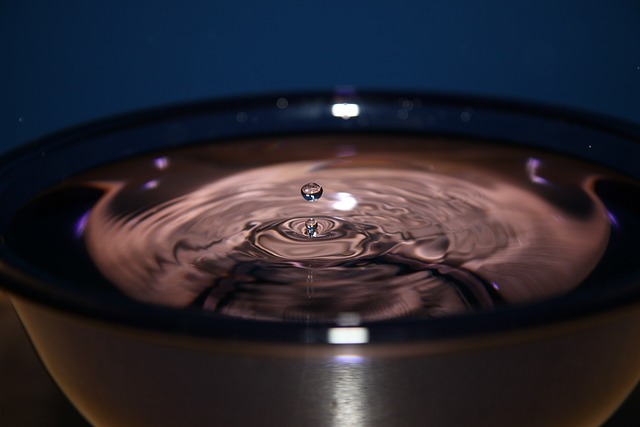
Want to know if your cat drinks less water in the winter?
Are your worries keeping you up at night?
Are you afraid your feline friend is dehydrated and suffering in silence?
Well, hold onto your hats because in today's guide, I've got all the answers you need. 😺
Read on, or risk endangering your beloved furry companion.
Do Cats Drink Less Water in the Winter?
Cats tend to drink less water during the winter due to colder temperatures affecting their thirst response. Studies show they consume around 16.7% less water in winter compared to summer. You need to provide fresh water and monitor for signs of dehydration.
Let me tell you a little somethin' about cats and water in the winter.
When it gets cold, cats might not be as interested in drinkin' water. Yeah, that's right!
Colder temperatures affect their thirst response. It's like they're less thirsty when it's chilly out.
In fact, a study showed that cats consume around 16.7% less water in the winter compared to when it's summertime and warmer.
That's quite a drop!
You gotta understand why this happens though.
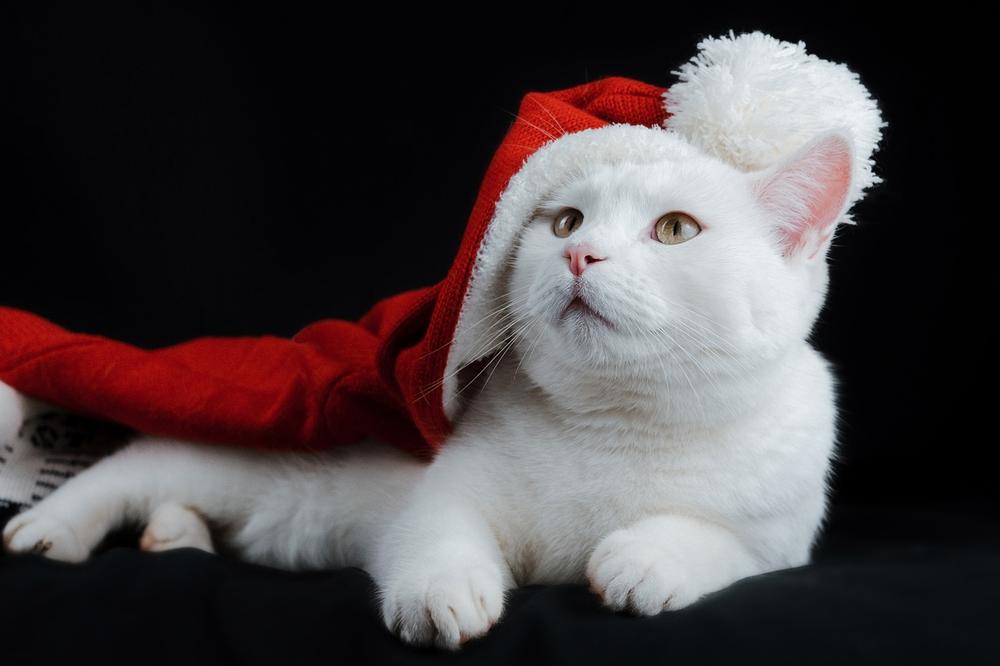
The colder weather messes with their natural thirst mechanisms, and as a result, their water intake decreases.
So here's what you can do to help 'em.
Make sure there's always plenty of fresh water available for your feline friend.
You could also try warm water or adding a little chicken broth to make it more enticing for 'em.
But listen up, despite drinkin' less water, cats need to stay hydrated all year round.
So keep an eye on 'em, especially if you notice any signs of dehydration like sunken eyes or lethargy.
Keep those water bowls filled and love your kitty through winter!
Main points I'll expand upon further down this article:
- Dehydration is common in cats during winter, regardless of perceived thirst.
- Cats and dogs need increased water intake to regulate body temperature.
- Cats should drink 40-60 ml of water per kilogram of weight daily.
- Dehydration can lead to health issues, so regular hydration is crucial.
- Signs of dehydration include increased thirst, weight loss, and unkempt coat.
- Excessive drinking could be a symptom of kidney or urinary tract disease.
- Cats often drink less water in winter due to colder temperatures.
- Pinching the skin can determine if a cat is dehydrated.
- Indoor conditions and dry diets can contribute to dehydration and illness.
- Methods to increase water intake include wet food and water additives.
And it gets better...
There are specific strategies you can implement to ensure your furry friend stays hydrated and healthy during the winter months...
The Importance of Adequate Water Intake for Cats in the Winter
Make sure your cat gets enough water in the winter.
I know, we've talked about this before.
But you should understand why they need it during this time of year. Without adequate water, they can get dehydrated and their organs won't function properly. It also helps with digestion.
And believe me, dehydration is a common problem for cats in the winter, even if they don't act thirsty.
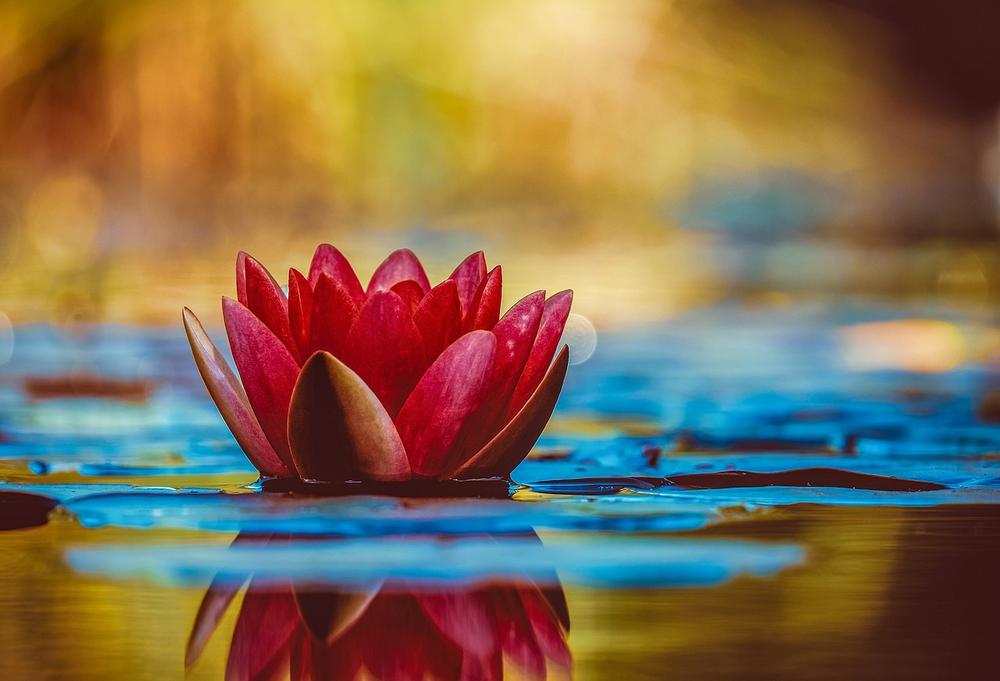
So here are some key things to remember:
- Water helps regulate body temperature, which is especially important when it's cold outside.
- Cats should aim for 40-60ml of water per kilogram of weight every day.
- In the summer, they might need up to 100ml because those hot days can make them really thirsty.
- Anything less than 30ml per kilogram isn't enough. Don't let your furry friend go without!
- Cat food can also provide hydration since some brands have up to 80% water.
- You can check for dehydration by gently pinching their skin on the shoulder. If it takes a while to go back to normal, they're dehydrated.
In conclusion, keep an eye on your cat's water intake.
Being aware and taking preventative measures is crucial for their well-being! 😺
And guess what?
It's not just about the quantity of water.
Let's dive deeper into the signs of dehydration in cats during winter and how you can identify if your furry friend needs more hydration!
Common Reasons Why Cats Drink Less Water in the Winter
Cats may drink less water due to alternative moisture sources
Did you know that cats have other ways of staying hydrated?
In the winter, they might not drink as much because they find different sources of moisture.
For example, wet cat food or even licking condensation off windows can give them some of the liquid they need.
But be aware of signs that your cat might be dehydrated.
If they are extra thirsty, losing weight, having diarrhea, being super hyper, or having a messy coat, these could mean they need more water.
Sickness and digestive issues can make cats drink more
Sometimes cats drink more when something's wrong inside. If your cat suddenly changes their appetite, energy levels, sleep patterns, and drinks a lot, there might be a problem like kidney disease or urinary tract disease.
But remember, even though cats naturally drink less when it's colder, watch for signs they're dehydrated.
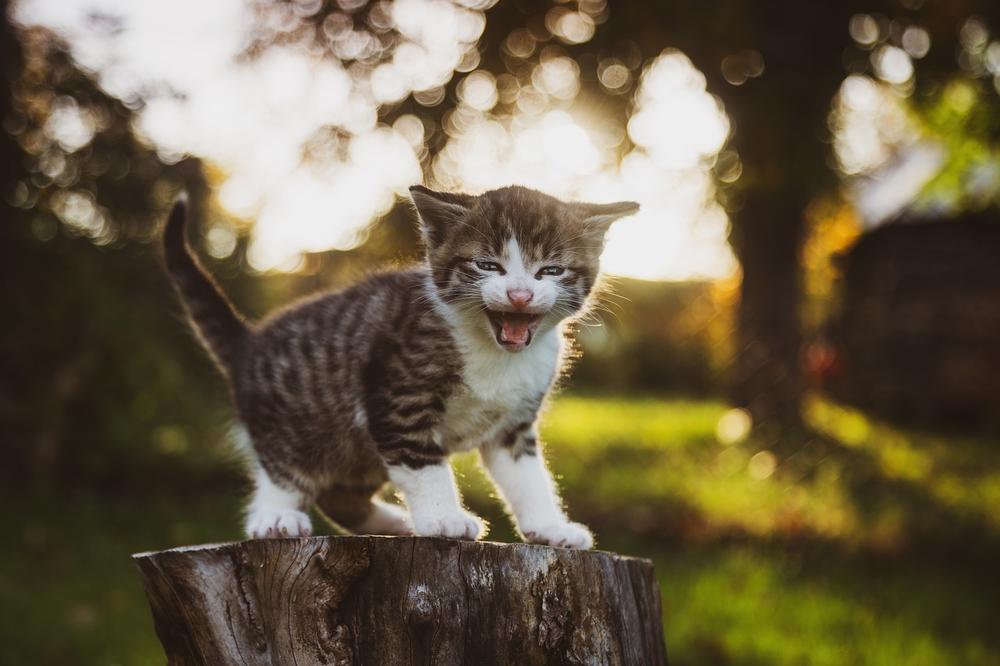
You can tell by gently folding the skin on their neck.
If it takes time to go back to normal, they could be dehydrated.
Be cautious with excessive drinking and possible risks
While it may seem easy to let your cat drink from faucets, drinking too much can cause problems with their bladder. If they're always refilling their water bowl and urinating excessively, it could be a condition called polydipsia with polyuria.
If you notice these behaviors, it's best to take your cat to the vet as soon as possible.
Also, keep an eye on things like their fur quality, how often they urinate, and any changes in their mood to ensure they're getting enough water during the winter.
In conclusion, if you notice any signs that your cat is not drinking enough water, it's important to take action.
I highly recommend checking out my article, Why Wont My Cat Drink Water From Her Bowl.
In this comprehensive guide, I provide possible reasons and solutions for why your cat may refuse to drink from its bowl.
Don't let your cat's hydration become a concern, learn how to address this issue and ensure your furry friend stays healthy and hydrated.
Factors Affecting Cats' Water Consumption in the Winter
In winter, cats may change how much water they drink.
There are things that can affect their water intake:
- The air is dry and lacks humidity, which makes their bodies lose more water.
- The cold makes cats less thirsty.
- Cats eat more in the winter, which affects how much water they drink.
- Cats are less active in the winter, so they drink less water.
- Some cats prefer running water, so it could affect how much they drink.
- Medical conditions like diabetes, medication, hyperthyroidism, recent illness or diarrhea, and vomiting can make cats more thirsty.
- Typically, cats adjust to the colder weather and drink less water.
- Make sure you provide safe tap water for your cat.
- Higher indoor temperatures might make cats drink more water.
- Dry diets or staying indoors can lead to dehydration and illness in cats.
- Where you put the water bowl might affect how much a cat drinks.
- Outdoor cats might struggle to find water when it's frozen outside.
- Older cats need extra attention to stay properly hydrated compared to younger cats.
Considering these things will help you ensure your cat gets enough water during winter.
Tips for Increasing Cats' Water Intake during the Winter Season
During the winter season, you need to ensure cats drink plenty of water to prevent dehydration.
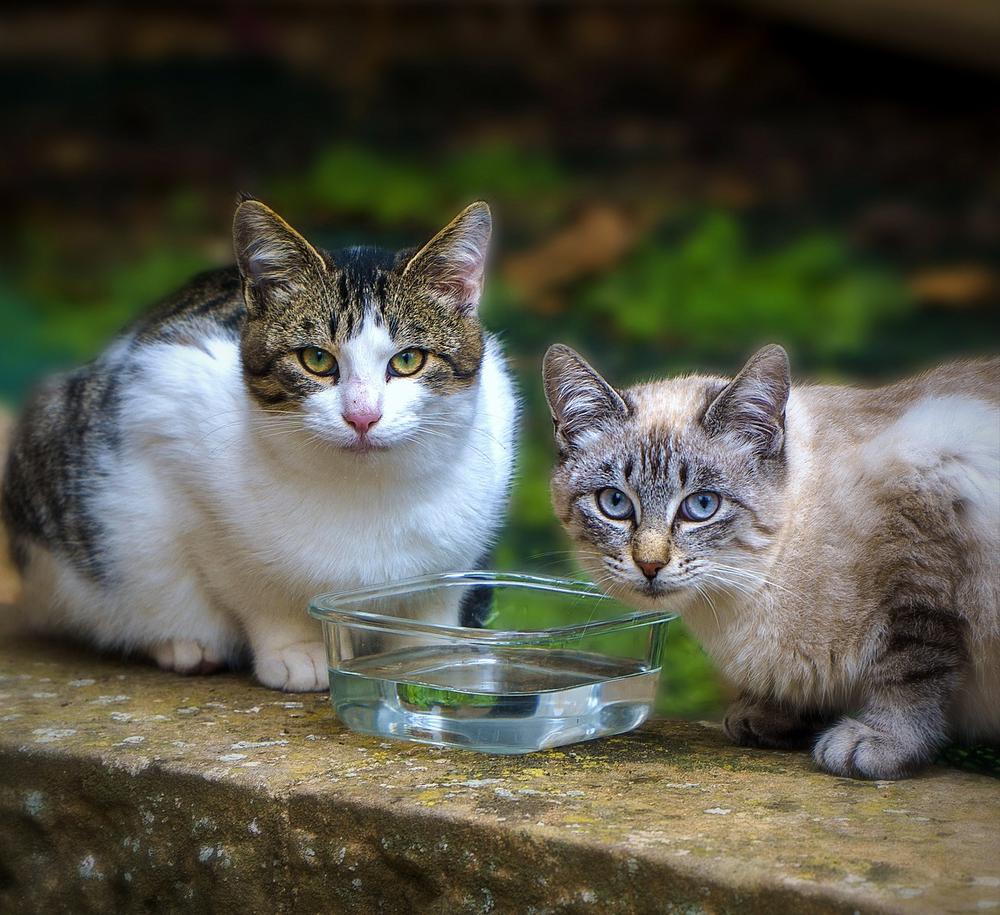
Here are some tips to increase cats' water intake:
- Place multiple water bowls throughout the house in easily accessible areas.
- Keep water bowls replenished every five hours or when they're halfway empty.
- Incorporate wet food into their diet or add moisture to their kibble by mixing it with water.
- Consider using a water fountain as cats are often attracted to running water.
- Provide room-temperature water, as cats may prefer it over cold water during winter.
- Use special cat bowls designed to stimulate cats' interest in drinking water.
- Add flavor to the water by using tuna water or low-sodium chicken broth.
- Ensure water is cool and fresh at all times by changing it frequently.
- Offer cats additional water if they primarily consume dry food to compensate for its low water content.
- Avoid giving cats milk, but if you do, mix it with water.
Implementing these tactics will help maintain proper hydration and good health for your cats during the winter months.
How to Make Cats Drink More Water in the Winter
If you want your cats to drink more water in the winter, here are 7 simple tips for you:
- Get them a cat water fountain - that way, they'll always have fresh, flowing water.
- Add some ice cubes to their water bowl for an extra refreshing sip.
- Choose ceramic or stainless steel bowls if your cats have a preference - they might not like plastic.
- Place water bowls in various spots around your house so they have plenty of options.
- Opt for wide and shallow water bowls - cats hate it when their whiskers touch the sides.
- Make sure to keep the water bowls clean and always filled with fresh water.
- Keep the water bowls away from litter boxes and feeding areas - this will encourage more drinking.
And hey, your cats might actually prefer separate bowls for water and food, so why not give it a shot?
Proper hydration is crucial for your cats' health all year round, but especially important when it's chilly outside.
And that wraps up today's article.
If you wish to read more of my useful articles, I recommend you check out some of these: How Long Can a Cat Go Without Water, Did I Put My Cat to Sleep Too Soon, How to Give a Cat Saline Nose Drops, Why Is My Cats Nose Cold, and Cat Purring Effect on Humans
Talk soon,
-Sarah Davis